I am working on a project where I need to find the location of a needle that has the IR detector at the tip of the needle.
These needles are medical suturing needles that would help us to detect the position of the suturing needle while suturing. Normally while suturing, if the doctor is not well trained, a bad suture can cause trauma to surrounding tissues. Currently, it's just an idea and we are working on a prototype. We will also be working with a lot more sensors to get the data while suturing but that has more to do with the software part and not the electrical part.
I need to actuate the frequency of the IR detector-emitter (LEDs) in such a way that I can gauge the location of the needle when the IR detector detects at respective frequency bands (typically 20Hz, 25Hz, 30Hz, 35Hz, 40Hz.)
So something like if the needle is in position A, then the IR detector will detect it as we will actuate it at 20Hz for position A, 25Hz for position B, 30Hz for position C, and so on.
This is an idea that I had but I am struggling to implement it and get its logic right with the circuit. Could someone suggest to me an electrical design or forward me some examples of electrical circuits that I can view and implement the above idea?
Thank You! All the help is really appreciated!


